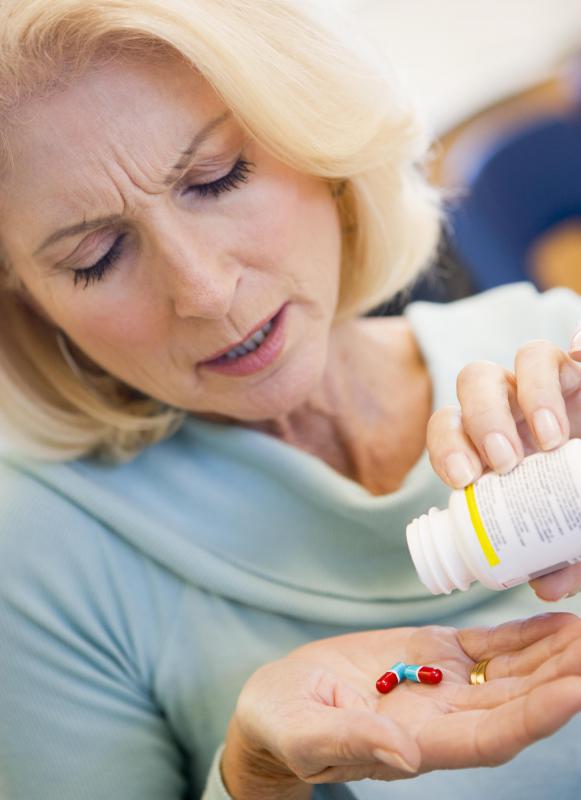At TheHealthBoard, we're committed to delivering accurate, trustworthy information. Our expert-authored content is rigorously fact-checked and sourced from credible authorities. Discover how we uphold the highest standards in providing you with reliable knowledge.
What is Milroy's Disease?
Milroy’s disease is a condition which usually results in chronic swelling of the lower extremities. Most sufferers have noticeable swelling of the feet and legs within a few days of birth. Some other symptoms may also occur, including skin infection, growths on the skin resembling warts, toenails which curve upward, and a swollen scrotum in infant boys. More prominent leg veins are also common.
Most researchers believe that Milroy’s disease is caused by a genetic mutation which is present from the earliest periods of fetal development. There is no known cure or prevention for the condition, and those who are born with it will need to undergo treatment throughout life to alleviate pain and discomfort associated with swelling. Milroy’s disease is a rare condition, although it is not known exactly how many sufferers there are worldwide.

The primary symptom of Milroy’s disease is swelling, and this is often the only symptom which requires treatment. There are home remedies to help bring swelling down, including elevating the legs and exercising frequently to get the blood moving throughout the legs and feet. Those who work desk jobs are encouraged to take frequent breaks to stretch or to go for a quick walk. Massage and compression of the swollen areas may also help to alleviate pain and discomfort.

Since skin infections are common in those with Milroy’s disease, proper skin cleansing with antibacterial soaps or antiseptic solutions are often necessary. Antibiotics are frequently prescribed for bacterial infections. Cleansing frequently and using moisturizing creams may also be beneficial in order to keep the skin looking healthy and soft, since dryness is also a common problem.

Milroy’s disease is hereditary and may be passed on from a mother or father to a child. The diagnosis is usually made at birth and treatment often begins immediately to reduce swelling. Milroy’s is not a life-threatening condition in most cases, although some serious skin infections may require hospitalization. These infections are more serious in those who have a compromised immune system, such as in infants and the elderly.

There is a very rare form of Milroy’s disease which only affects one side of the body for a length of time. This type can often go undiagnosed for several years until more severe swelling occurs. In most patients, swelling does not get worse over time. Eating sodium-rich foods and other substances that cause water retention may artificially increase swelling temporarily.
AS FEATURED ON:
AS FEATURED ON:


















Discuss this Article
Post your comments